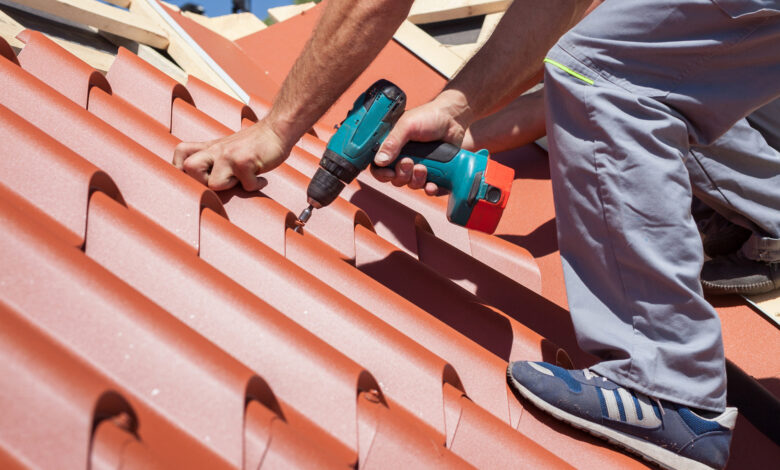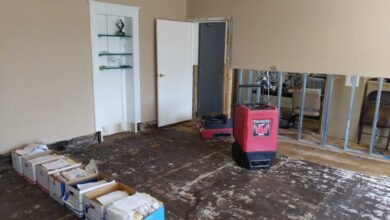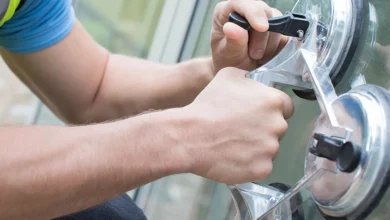How to Identify the Right Time for a Roof Replacement

You glance up at your ceiling after a heavy rainstorm. Is that a damp spot forming? A quick check in the attic reveals a faint drip near the insulation. Panic sets in. Is it just a small leak, or a sign that your roof’s time is up?
This moment—familiar to many homeowners—is when the question becomes unavoidable: Do you call for a simple roof repair, or is it finally time for a full roof replacement?
Unfortunately, roofs rarely shout when they need to be replaced. Instead, they whisper through subtle signs—gradual wear, performance changes, or rising energy bills. Knowing when to replace a roof versus repairing it can save you from mounting costs, structural damage, and countless headaches.
Let’s walk through the telltale signs, missteps to avoid, and strategies for making the right decision when your roof begins to show its age.
1. Age Isn’t Just a Number—It’s a Major Factor
Most roofs are designed to last between 15 and 30 years, depending on materials and climate. Asphalt shingles, the most common residential roofing material, typically have a lifespan of 20–25 years. Metal, tile, and slate may last longer, but even they are subject to wear and deterioration over time.
So, how old is your current roof?
If your roof is nearing or past the 20-year mark and you’re experiencing recurring repairs, it’s time to consider a replacement. Even if leaks haven’t begun, performance may already be compromised in ways that aren’t immediately visible.
2. Shingles Are Your Roof’s First Line of Defense
The condition of your shingles is a direct indicator of your roof’s health. Look for signs like:
- Curling or buckling edges
- Missing or cracked sections
- Dark patches from granule loss
- Smooth spots where texture has worn away
Granules protect shingles from UV damage. As they wear off, your roof becomes more vulnerable to sun exposure and accelerated aging. If you notice shingle pieces in your gutters or around your foundation, that’s a signal your roof might not have much time left.
Routine roof repair can address individual shingle damage, but when degradation is widespread, replacement is often the more cost-effective option.
3. Interior Clues Often Speak Louder Than Exterior Damage
Don’t just check your roof from the outside. Go into the attic or upper crawl spaces and look for:
- Light shining through the roof boards
- Soft or sagging insulation
- Musty odors or signs of mold
- Damp beams or water streaks
These are indicators of moisture infiltration and compromised integrity. Even if the exterior looks intact, the underlying structure may be failing.
In cases where internal damage is present, a roof replacement is usually more practical than repeated repairs, which may not address the root problem.
4. Escalating Energy Bills Can Point to Roof Issues
Has your heating or cooling bill crept higher over time? While there could be several causes, an aging or poorly ventilated roof is often a hidden contributor.
Poor roof ventilation and worn insulation allow heat to escape in winter and enter in summer. When this happens, your HVAC system works harder to maintain comfort levels—driving up your utility costs.
A modern roof installation with upgraded ventilation and insulation not only protects your home but improves energy efficiency, reducing long-term expenses.
5. Storm Damage: Cosmetic or Catastrophic?
Severe storms can fast-track the end of a roof’s life. Hail, falling branches, or high winds may cause damage that isn’t obvious from the ground. Even a few missing shingles in vulnerable spots like valleys or ridges can allow water intrusion.
After any significant weather event, schedule a professional inspection to assess hidden issues. If your roof has sustained widespread or structural damage, a roof replacement may be more practical than piecemeal repairs.
Avoid assuming that visible damage is the full extent—often the most harmful deterioration lies beneath the surface.
6. The Repair Frequency Trap
At what point do repairs become too frequent?
If you’re calling your roofing company multiple times a year for patches, fixes, and sealants, you might be investing in a roof that’s no longer capable of performing its role. While each repair may seem minor, the cumulative cost—financial and functional—adds up quickly.
A new roof isn’t just a solution to current problems. It’s also a reset: a fresh opportunity to avoid ongoing disruptions and unexpected repair bills.
7. Home Value Considerations
Planning to sell your home in the next few years? Roof condition plays a huge role in curb appeal and buyer confidence.
Even if a roof still has a few years left, visible aging or wear may raise concerns for potential buyers. A well-timed roof replacement before listing can increase sale value and minimize negotiation friction over repairs.
Some homeowners choose to invest in roof installation specifically to boost their home’s marketability and reduce time on the market.
8. Partnering With the Right Professionals
The decision between roof repair and roof replacement isn’t always clear-cut. That’s why working with a seasoned roofing company is critical. They can perform detailed assessments, provide honest insights, and help weigh the short- and long-term impacts of each option.
This is where roof replacement services like those offered by Surge Exteriors often play a guiding role—helping homeowners evaluate performance, material condition, and structural viability so they can make informed, budget-smart choices.
While some roofs just need a quick fix, others benefit more from a full system upgrade. A reliable partner can help you find the balance between value and performance.
9. Don’t Wait for Disaster
Too many homeowners delay roof replacement until damage becomes severe. Unfortunately, waiting too long can lead to:
- Water-damaged insulation and ceilings
- Structural wood rot
- Mold infestations
- Higher costs due to emergency services
Being proactive means fewer surprises, better control of timing, and the ability to explore material and design upgrades before urgency limits your options.
If your roof shows even a few of the signs mentioned above, now’s the time to take action—not when the next storm rolls in.
Final Thoughts
Roofs rarely fail overnight. Instead, they give you signs—some subtle, others impossible to ignore. From worn shingles and rising energy bills to attic leaks and persistent repairs, each clue points toward a decision.
Roof replacement might seem like a big step, but it’s often a strategic one—saving you money, improving home comfort, and protecting your investment for years to come.
Pay attention to the signals, consult with a trusted roofing company, and plan your next steps carefully. Because when your roof performs its best, the rest of your home can, too.




